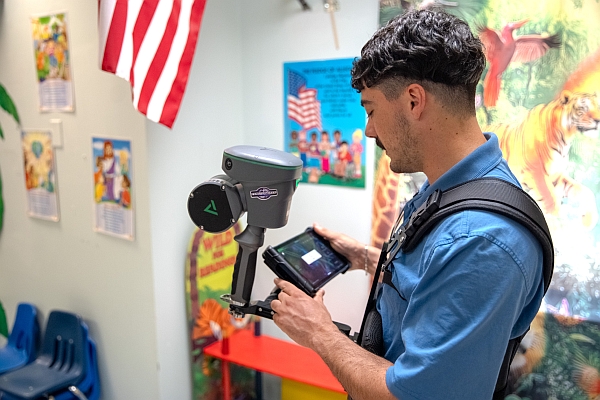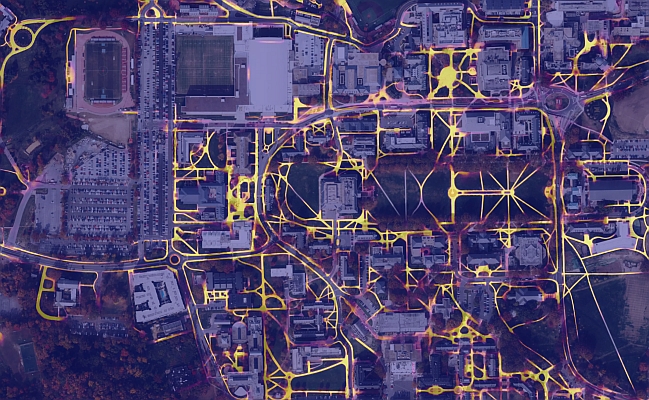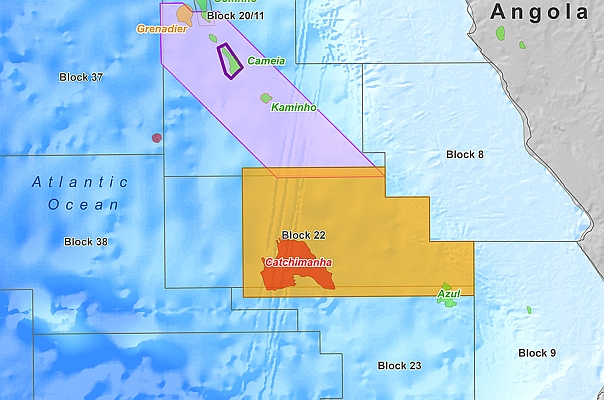Planet Labs PBC, a leading provider of daily data and insights about Earth, today released first light images from its Tanager-1 satellite. The first set of imagery is of Karachi, Pakistan, and was taken on September 19th, 2024, from an altitude of 522 km.
In the following months, partners (like Carbon Mapper) and customers are expected to use the data to monitor and mitigate point-source methane and CO2 emissions, two potent greenhouse gasses. Planet also plans to make the hyperspectral data commercially available for a variety of use cases including defense and intelligence monitoring, biodiversity assessments, mineral mapping, water quality assessments, and much more.
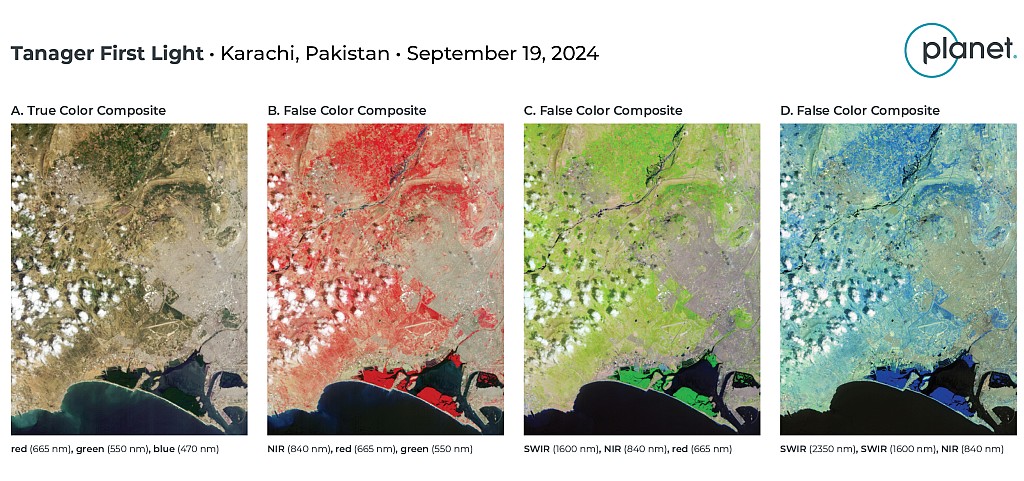
Tanager-1 launched on Transporter-11 on August 16th, 2024. This is the second Planet satellite to leverage the Planet Smallsat platform and went through a one-month satellite bus commissioning process. “We are pleased to have already progressed to first light activities. Leveraging our decade of operational experience, our teams are rapidly making progress towards production operations of this satellite,” said Mark Longanbach, Planet’s Senior Vice President of Missions.
The satellite is the first of a planned hyperspectral constellation (made possible by the Carbon Mapper Coalition) that combines Planet’s cutting-edge agile aerospace and smallsat bus technology with the state-of-the-art imaging spectrometer design developed at NASA’s Jet Propulsion Laboratory (NASA JPL). Tanager-1 is capable of imaging all wavelengths between 400 – 2500 nm simultaneously and is expected to provide rich datacubes—images of the ground but with 420 colors (‘spectral channels’)—that enable users to detect a multitude of surface features from gas emissions to ground chemicals to plant species. In the released imagery, Planet shows a standard RGB image, a false-color near-infrared image, and false-color shortwave infrared images to showcase the broad wavelength range addressed by the satellite. These images showcase only 6 of the 400 total bands available to Tanager.
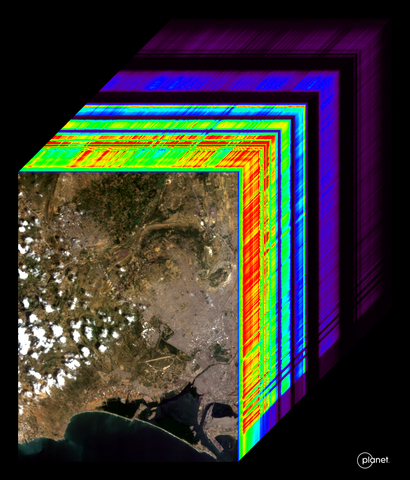
“Tanager first light is the biggest program milestone yet,” said Mark Keremedjiev, Planet’s Mission Director for the Tanager Hyperspectral Mission. “This image demonstrates Planet’s world-class imaging spectrometer and provides a tangible result to the years of investment and effort. It’s early days but we are very pleased with the quality we are seeing, and we believe that first light is but a preview of amazing things to come.”
Planet plans to continue to build on the success of its Smallsat platform as Pelican-2 progresses towards launch readiness in the coming months. With this modular and extensible platform, Planet is applying its agile aerospace development philosophy to both of the Pelican and Tanager missions to drive continuous improvements in the products we offer our customers.
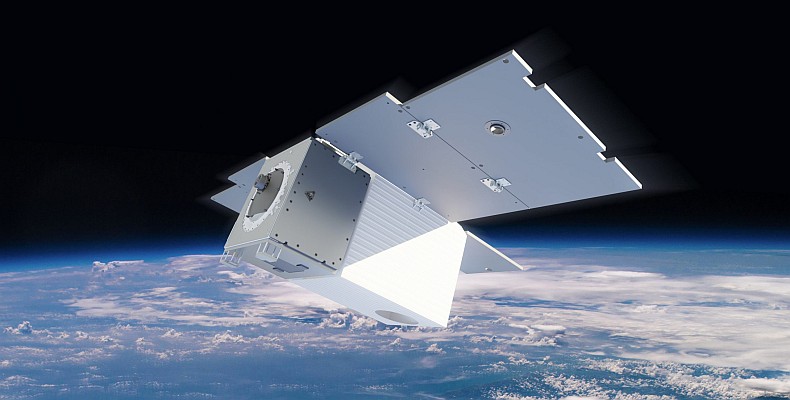
Planet will continue with payload commissioning activities over the coming months and plans to begin delivering data to customers in 2025.






